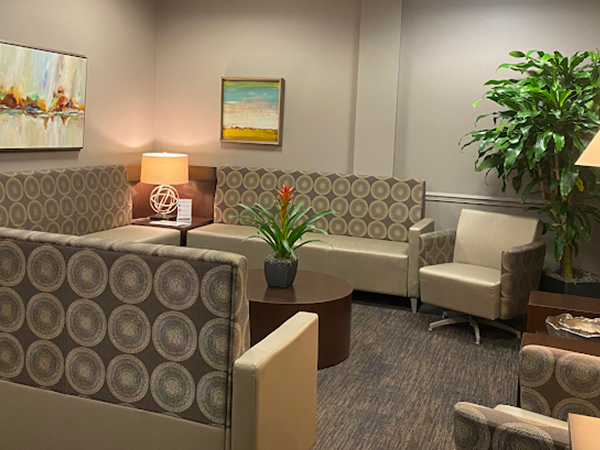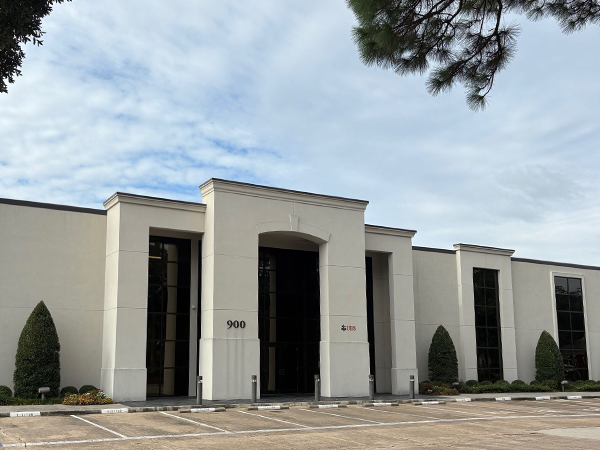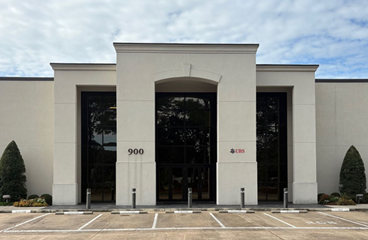900 East St. Mary Blvd. #104
Lafayette, LA 70503

The skin on our face is very sensitive and prone to damage. From fine lines and wrinkles to age spots, pigmentation, and scarring, there are many ways in which our skin can be affected by day to day life.
Although cosmetics can go some way to covering imperfections, the psychological effect of skin problems can be overwhelming. Loss of confidence and self-esteem, social anxiety and even depression are just some of the emotions that can be experienced by someone who is self-conscious about the way that they look.
While there are many beauty products that claim to be able to address problems with facial skin, the results are often inconsistent and temporary at best. However, there is another more successful solution – dermabrasion.
What is dermabrasion?
Dermabrasion is a cosmetic procedure that focuses on improving the appearance of the skin by removing the outermost layers using a motorized, rotating exfoliation device called a dermabrader. This is much more intense than standard exfoliation at home and requires the use of a local anesthetic.
Removing the damaged, top layer of skin exposes new layers that appear younger and smoother. It also prompts the production of healthy, new cells that are rich in collagen and elastin, the two building blocks that keep our skin smooth and elastic.
What issues can dermabrasion address?
Dermabrasion is often chosen by patients who wish to embrace a more refreshed and rejuvenated, youthful appearance. However, it can also treat problems including:
- Acne problems
- Age spots
- Fine lines
- Precancerous skin patches
- Rhinophyma, also known as redness and thick skin on the nose
- Scarring, from surgery or injury
- Sun damage
- Tattoo removal
- Uneven skin tone
- Wrinkles
What happens during a dermabrasion procedure?
Dermabrasion procedures are typically performed using a local anesthetic which will ensure that you do not feel any pain. However, in some circumstances sedation or even a general anesthetic may be recommended. Our cosmetic surgeon will speak to you about your pain relief options during your consultation.
Once you have received the anesthetic, our surgeon will hold your skin taut and move the dermabrader across the areas to be worked on in a methodical fashion. This will eliminate the entire top layer of skin and expose a fresh layer underneath. After the exfoliation is complete, the area will be covered with a moist dressing and left to heal.
Recovery from dermabrasion
Dermabrasion is a minimally-invasive procedure, which means that the recovery time is much shorter than other facial cosmetic surgeries such as a facelift. Nevertheless, you will be given specific aftercare instructions to follow to ensure that your skin heals properly and without complications. This will include advice about cleansing your face and avoiding sun exposure during the healing process.
You may feel alarmed when you first see the skin underneath your dressings. It will almost certainly be red, swollen, and sensitive. You may also need to take some pain medications as it may feel sore, with sensations such as tinging or burning being completely normal. As the healing begins, the skin may crust over in some area. Most patients choose to take off from work for around two weeks after their procedure, although it will take around three weeks for your skin to heal completely. Until this time, it may appear pinker than usual.
Am I a good candidate for dermabrasion?
Dermabrasion is a widely performed throughout the United States and is suitable for many patients. However, there are some health problems or factors that may mean that you are not a good candidate for this procedure. These include:
- Burn scars
- Inflammatory acne
- Radiation burns
- Recurrent episodes of herpes
- Skin that is naturally very dark
- Taking medications that thin the skin, such as steroids
Before you can be approved for dermabrasion, our plastic surgeon will ask you to attend a consultation appointment. This provides an opportunity for you to ask any unanswered questions, and for our surgeon to assess your candidacy. In addition to a physical examination of your face, you will be asked about your medical history and about your expectations for the procedure. You will also be given information about the healing process and what steps you will need to take to ensure that you achieve the best possible results from your procedure.
If you are interested in finding out more about microdermabrasion, our experienced team would be delighted to answer any of your questions. Call our office today to learn more at 337-226-0400.





